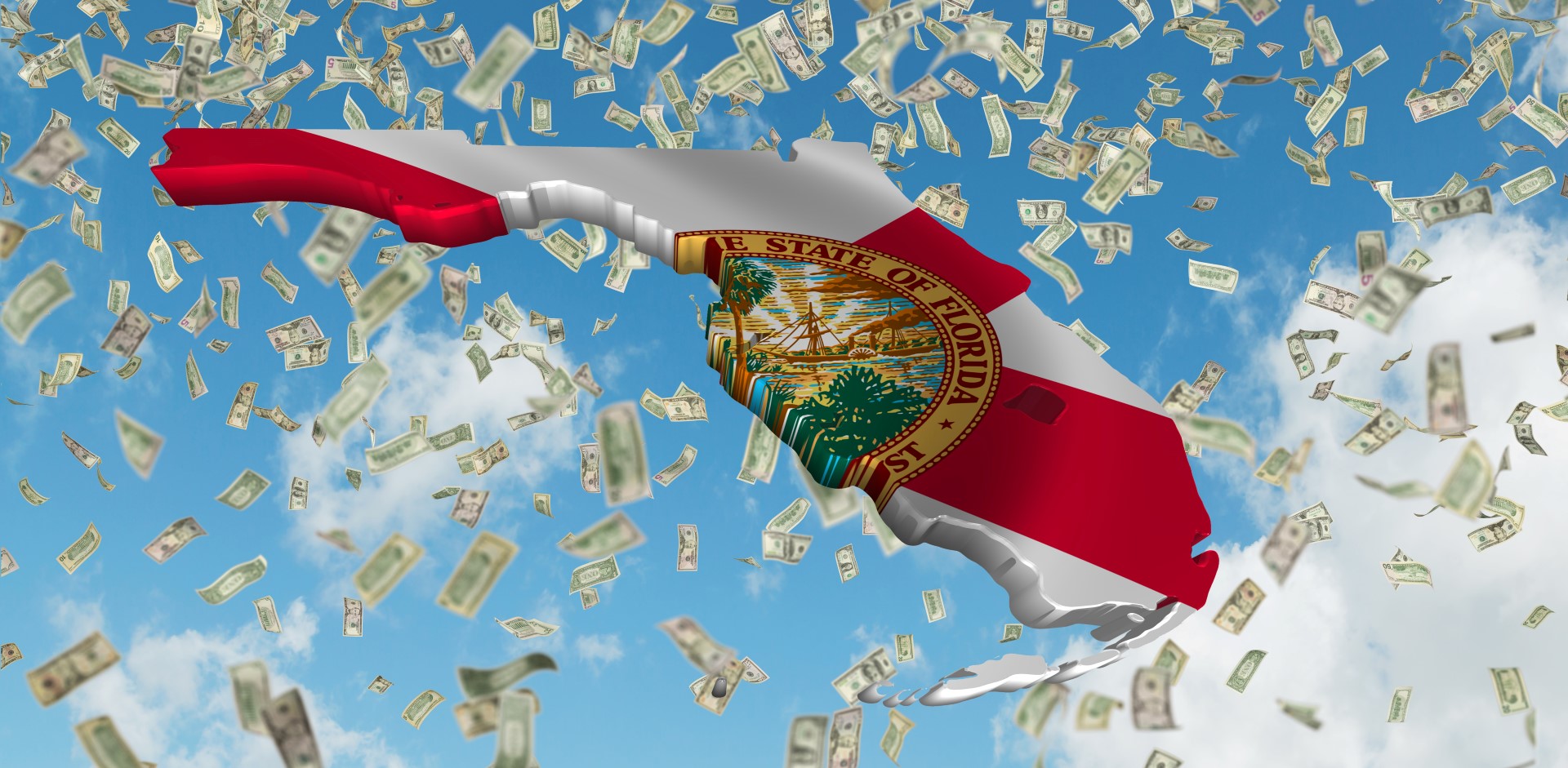
The House and Senate have released their “sprinkle lists” for the coming fiscal year, outlining a monsoon of spending for dozens of projects totaling more than double what lawmakers allocated last year.
The sprinkle list is what Capitol insiders call the “supplemental funding” initiatives, last-minute budget items used to sweeten the pot and provide funding for some pet projects.
As Jason Garcia explained in 2015 for Florida Trend: The money can be “used to sprinkle one last helping of hometown projects into the budget in order to get a budget deal done.”
Leaders agreed on $759 million for local projects, like infrastructure, springs restoration, health care programs and pay raises.
The Senate outlined spending for 161 projects worth a total of $511.8 million, $135.6 million of which is recurring funds. Meanwhile, the House funded 62 projects worth $248.3 million, $89.7 million of which is recurring.
Last year, the Senate detailed 115 projects worth a total of $165.5 million, including $26.2 million recurring dollars, while the House funded 76 projects worth $182.2 million, including $47 million recurring funds.
This year, the Senate also directed four sections of proviso language while the House detailed 11 sections.
The House’s largest expenditure is $42.4 million in assistance to Children’s Hospitals, an allocation also repeated in the Senate list. Other large items are $25 million each for Department of Children and Families mental health services, the State Apartment Incentive Loan program and springs restoration.
However, the largest Senate item is $106 million to develop the area around Moffitt Cancer Center’s Pasco County upcoming location. Another major Senate item is $35 million for a Sports Training and Youth Tournament Complex
The pool of money has been described as a “super-preeminence” fund. Budget negotiators have defended their lists as a way to smooth the rough edges around the budget. Budget watchdogs at Florida TaxWatch have repeatedly targeted sprinkle spending in their annual Budget Turkey Watch report.
Lawmakers also outlined $3.5 billion in federal COVID-19 relief spending, an amount that is contingent on the aid dollars arriving. Major items there include higher education construction and deferred maintenance, broadband funding, Capitol Complex renovations and land acquisition.


